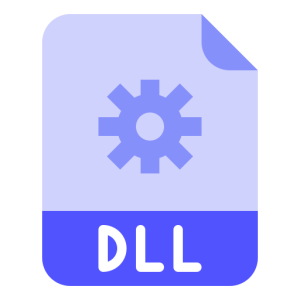Description
d3dx11_43.dll
d3dx11_43.dll is a dynamic link library (DLL) file that is part of the DirectX 11 runtime, which is a collection of application programming interfaces (APIs) developed by Microsoft for handling multimedia and gaming-related tasks. The DLL file specifically pertains to the Direct3D component of DirectX 11, which is responsible for rendering 3D graphics in applications and games. Its presence is vital for the proper functioning of DirectX 11-based software on a Windows operating system.
This DLL file provides a comprehensive set of functions, utilities, and resources that enable developers to create and manipulate 3D graphics and perform various rendering operations. It is designed to enhance the visual quality and performance of video games, simulations, modeling applications, and other multimedia software that rely on 3D graphics.
d3dx11_43.dll is often required by software applications developed using DirectX 11. Developers frequently include the necessary DirectX redistributable packages along with their applications to ensure that users have the required runtime components, including d3dx11_43.dll, installed on their systems.
It’s important to note that the version number “43” in the filename (“d3dx11_43.dll”) corresponds to the version of the DirectX Software Development Kit (SDK) and the associated runtime library. Different versions of the SDK might have different version numbers in their filenames. Users should ensure that they have the correct version of the DirectX runtime components installed to avoid compatibility issues with software that depends on d3dx11_43.dll.
Purpose and Functionality
d3dx11_43.dll serves a vital role in facilitating 3D graphics rendering and manipulation in software applications. Its primary functions include:
- Graphics Rendering: The DLL provides a wide range of functions and utilities for rendering 3D graphics, including mesh manipulation, shader processing, texture mapping, and lighting calculations.
- Resource Management: d3dx11_43.dll assists applications in managing graphics resources such as textures, buffers, and shaders, ensuring efficient utilization of GPU memory and performance optimization.
- Mathematical Computations: The DLL offers support for various mathematical operations and algorithms commonly used in 3D graphics programming, such as vector and matrix operations, interpolation, and transformation calculations.
Common Use Cases
d3dx11_43.dll is commonly utilized by software applications and video games that require DirectX 11 functionality for advanced 3D graphics rendering. It is frequently used in the following scenarios:
- Game Development: Developers integrate references to d3dx11_43.dll in their games to leverage the advanced graphical capabilities of DirectX 11, such as DirectX Shader Model 5.0, tessellation, and high-definition rendering techniques.
- Multimedia Applications: Various multimedia applications, including 3D modeling software, animation tools, and simulation programs, rely on d3dx11_43.dll to deliver visually immersive and realistic graphics.
- Visual Effects and Post-Processing: The DLL enables applications to implement real-time visual effects, post-processing filters, and image manipulation techniques to enhance the graphical quality and aesthetics of rendered scenes.

